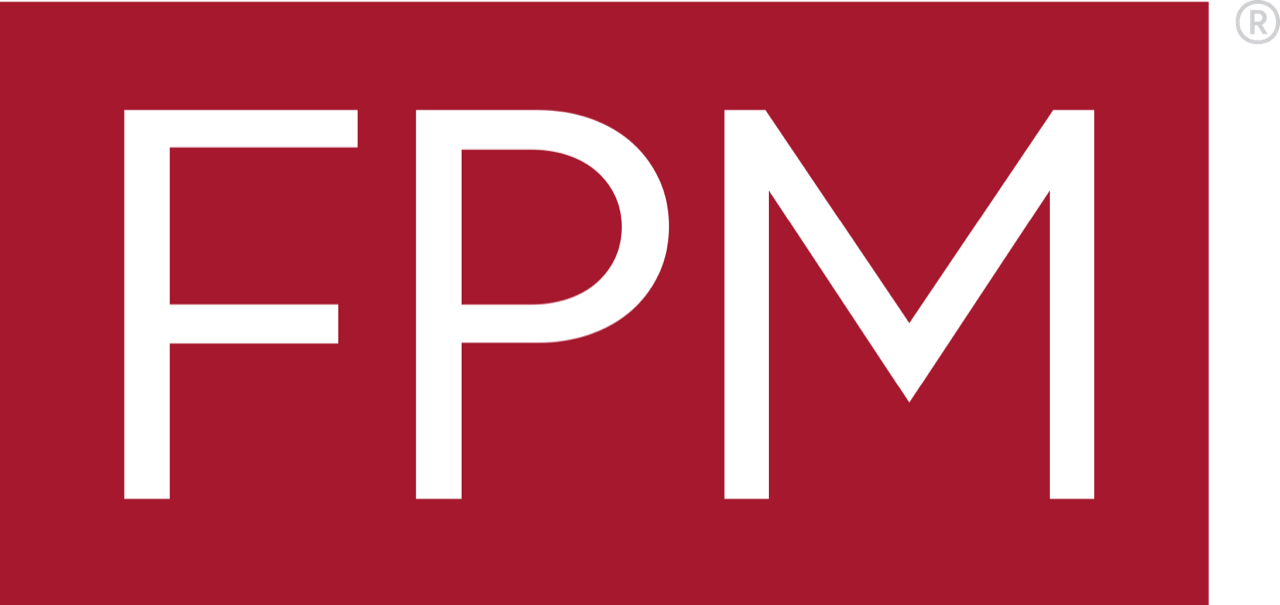
Fam Pract Manag. 2022;29(3):33
Author disclosure: no relevant financial relationships.


Fam Pract Manag. 2022;29(3):33
Author disclosure: no relevant financial relationships.
WE WANT TO HEAR FROM YOU
Send questions and comments to fpmedit@aafp.org, or add your comments below. While this department attempts to provide accurate information, some payers may not accept the advice given. Refer to the current CPT and ICD-10 coding manuals and payer policies.
Copyright © 2022 by the American Academy of Family Physicians.
This content is owned by the AAFP. A person viewing it online may make one printout of the material and may use that printout only for his or her personal, non-commercial reference. This material may not otherwise be downloaded, copied, printed, stored, transmitted or reproduced in any medium, whether now known or later invented, except as authorized in writing by the AAFP. See permissions for copyright questions and/or permission requests.